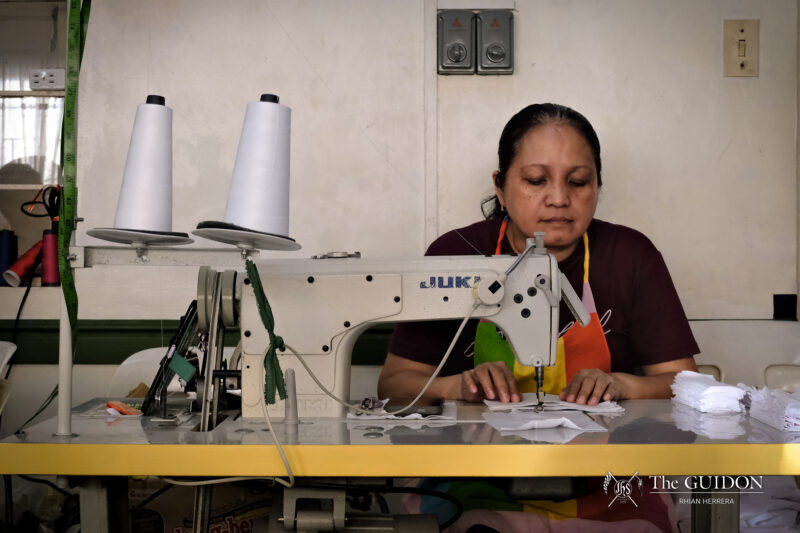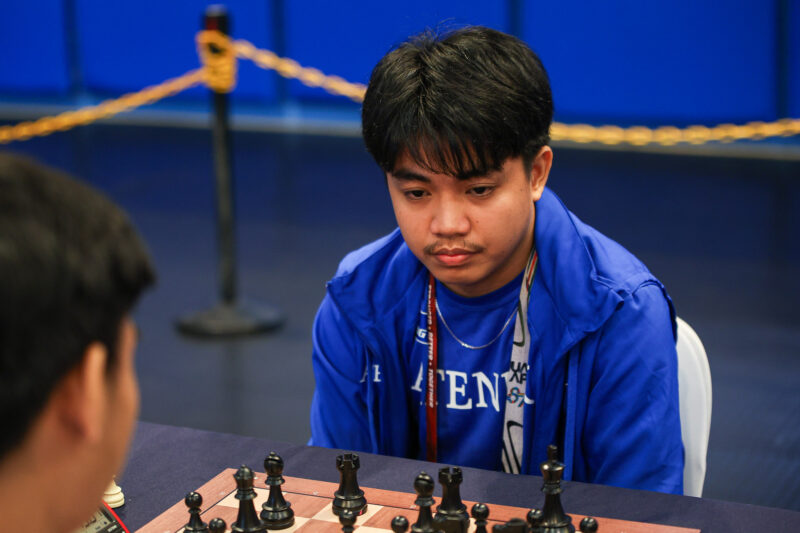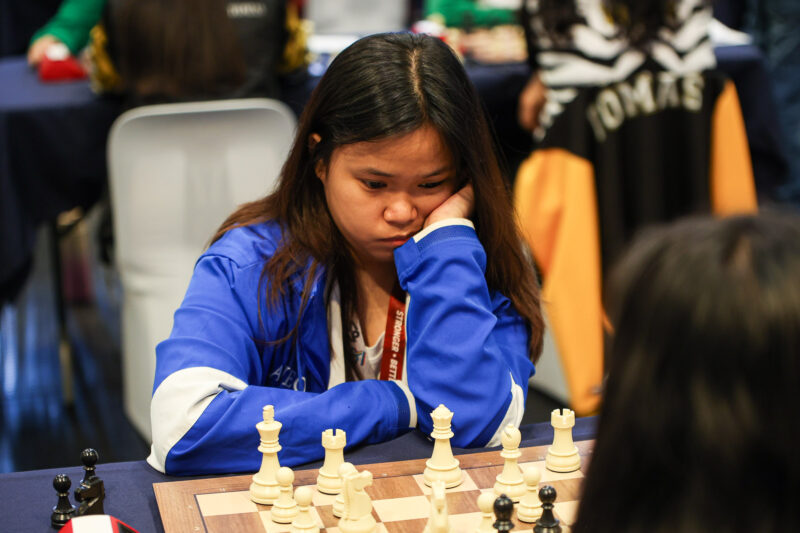Halloween in the Philippines goes beyond the Western notions of pumpkin carvings and trick-or-treating. After the merrymaking on the eve of October 31st, Filipinos flock to the cemetery for Undas, a tradition that calls for honoring the dead through cemetery visits, family gatherings, and food. However—and in true Filipino fashion—these family reunions are not without lighthearted mischief as the day of the dead sparks discussions of otherworldly horrors from the Luzon, Visayas, and Mindanao regions.
Strange encounters in Luzon
Where there is an abundance of trees and only the moonlight to guide you, one must brave the possibility of the manananggal, a human with wings and a halved body a the aswang, a shape-shifting evil spirit; or the tikbalang, a half-human, half-horse creature. These three entities are commonly whispered about in Luzon, but encountering them is another story.
Lars Salamante (2 AB IS) of Lucban, Quezon shares that the presence of the tikbalang is often signified by fireflies entering the room and the smell of dead ants penetrating the air. He mentions that he often witnessed this in his childhood home when sleeping in his grandparents’ bedroom under a clear glass window
Meanwhile, the kapre or tree giant supposedly resides in treetops, leaving only large falling cigarette butts as a sign of their presence. Chio Reyno (2 AB IS) from Antipolo mentions how the idea of ghosts was easier to accept, as he claims that he frequently encountered spirits. However, acknowledging the truth of the kapre’s story took an encounter in the woods to fully grasp.
“Nagtatago kami kasi hide and seek, tapos noong naka-upo na kami, may nahulog na malaking yosi o tobacco pero walang tao sa taas,” Reyno says about a kapre encounter he once had with a group of friends. “Nagkatinginan kami, tapos gets na namin.”
(We were hiding because we were playing hide and seek, and once we sat down, a large cigarette or tobacco fell from above even though there was no one there. We just had to look at each other, and we already knew [that it was a kapre].”
Shape-shifting spirits of Visayas
According to Visayan folklore, aswangs take on different forms depending on the storyteller. Megan Maningo (2 AB IS) from Dumaguete notes that their version of the aswang is known to eat unborn babies. “They’re usually described [to] have a long tongue,” Maningo explains. “They go [to] the roof of the house and [their tongue] goes down to the belly button of the pregnant women, and they try to suck the baby out.” Janica Yu (2 AB IS) from Iloilo shares that there are other versions of the aswang named Maria Lobo and Teniente Gimo; both take human forms and are known for killing and cooking human parts.
Another known version of the aswang is the tiktik, whose story was used to scare children to go home early. Maningo recalls, “If you hear the tiktik farther away, it’s near you. If you hear the tiktik sound nearer to you, it means it’s really far…You’re not supposed to look back.”
Remnants in Mindanao
In Cagayan de Oro, the mythical creature amamayong—known as sigbin in other regions—is another relatively famous mythological creature. The amamayong is said to be a nocturnal creature that sucks the blood out of its victims; it walks with its head in between its hind legs and has the power of invisibility.
Engkantos also make their appearance in Mindanao, but this region is also home to unique horrors only told in the southernmost part of the Philippines such as Dipolog. Arianne Aleta (2 AB IS) from Dipolog shares how her grandmother used to tell the story of a nameless creature that takes the form of “a woman that would come on wings and…take me away in the middle of the night if I didn’t remove all the lice out of my hair.” She admits to knowing that these stories were just told to instill discipline in her as a child.
Holding on to the thread
Despite the differences in character, setting and plot, Philippine mythological stories share much in common. Dominating the spooky aura of Undas and Halloween, these stories immortalize the lessons the elderly wish to impart to children: Be cautious and mindful of your actions because we may not be the only creatures around.







